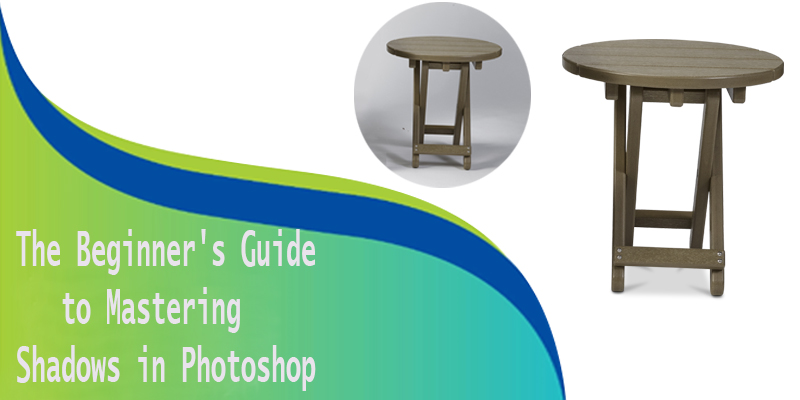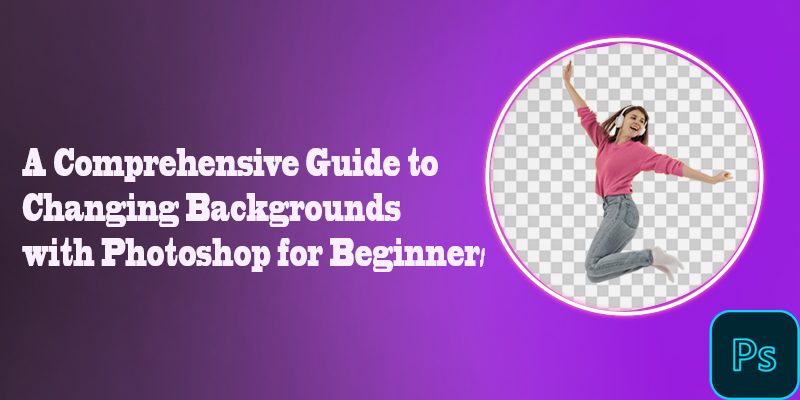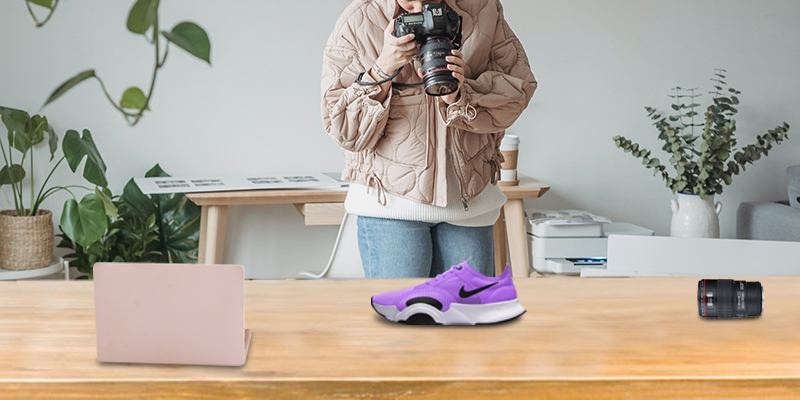shadow in photoshop are an important element of design and can be used to add depth, texture, and realism to your images. Mastering the art of creating realistic shadows in Photoshop can be a daunting task for beginners.
This guide will provide you with the fundamentals of creating shadows in Photoshop so you can take your designs to the next level. We’ll cover how to create basic shadows, how to adjust light sources and angles, and how to layer shadows for more complex effects.
With these tips and tricks, you’ll be able to create stunning shadow effects that will bring your designs to life!
What is Shadow and How Does it Work in Photoshop
Shadow is a powerful feature in Photoshop that allows you to add depth and realism to your images. It is used to create shadows from objects, people, and other elements in your photos. Shadow can be used to enhance the look of an image by adding contrast, texture, and dimension.
It can also be used to add a sense of drama or mystery to a photo. With the help of shadow, you can easily create stunning visuals that will draw attention from viewers.
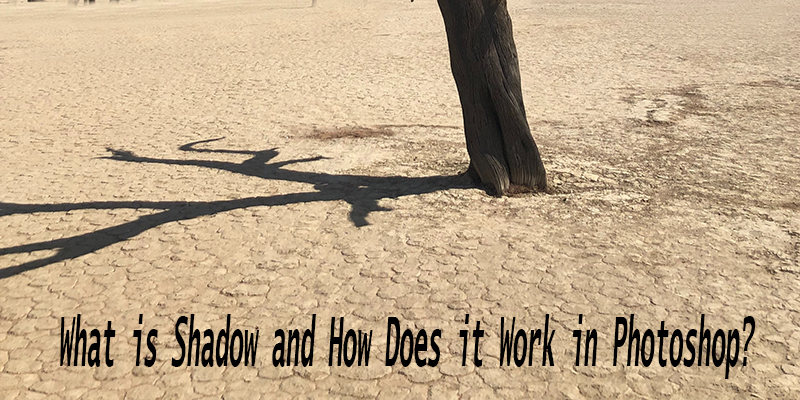
Shadow can also be used for creative effects such as creating reflections or lightening up certain areas in an image. By understanding how shadow works in Photoshop, you will be able to take your photos up a notch and make them stand out from the rest!
Shadow photoshop
Shadow Photoshop is a powerful tool that has revolutionized the way people create and edit images. It allows users to quickly and easily manipulate images, adding shadows, highlights, and other effects.
With Shadow Photoshop, it’s easier than ever to create professional-looking photos in just a few clicks. Whether you’re a professional photographer or someone who just wants to make their photos look better, Shadow Photoshop can help you achieve your goals.

With its intuitive user interface and wide range of features, it’s become one of the most popular photo editing tools available today.
How to use shadow effect photoshop

Photoshop is a powerful tool for creating stunning visuals and manipulating images. One of the most popular techniques used in Photoshop is the shadow effect. The shadow effect can be used to add depth, dimension, and drama to any image. It’s a great way to make an otherwise dull image stand out and grab attention.
In this article, we’ll take a look at how you can use the shadow effect in Photoshop to create beautiful visuals. We’ll go over how to adjust the settings for shadows, how to apply them in different scenarios, and some tips on getting the most out of your shadows. With these tips in hand, you’ll be able to create stunning visuals with ease!
Create shadow in photoshop
Photoshop is an essential tool for creating stunning visuals. With its wide range of tools and features, it has become the go-to choice for photographers and graphic designers alike. One of the most commonly used features in Photoshop is the ability to create shadows.
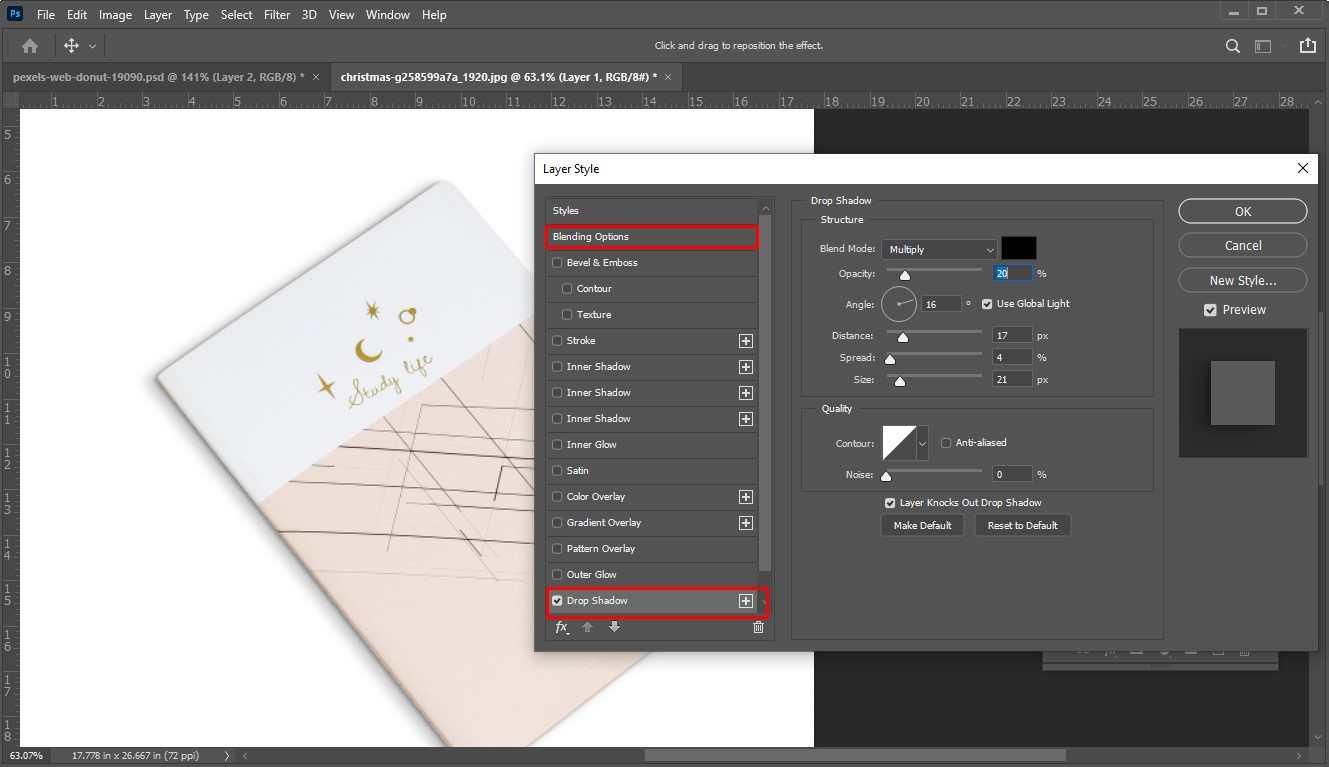
This feature allows you to add depth and realism to your images by adding a realistic shadow effect. In this article, we will discuss how to create a shadow in Photoshop using various techniques. We will also look at some tips and tricks that can help you get the most out of this feature.
Understanding shadows photoshop
Understanding shadows in Photoshop is a critical skill for any photographer or graphic designer. By understanding how to use shadows, you can create stunning images that make a lasting impression. With the right knowledge and tools, you can master this technique and create amazing works of art.
In this article, we will explore the basics of shadows in Photoshop and provide tips on how to make the most out of this powerful tool. We will also discuss some practical use cases and show you how to apply the techniques to your own projects. With these insights, you’ll be able to take your skillset to the next level and create amazing visuals with ease!
How to Add Cast Shadows in Photoshop
Adding cast shadows in Photoshop can be a great way to add depth and dimension to your images. In this tutorial, we will discuss the basics of creating cast shadows in Photoshop, including how to adjust the shadow’s size, shape, and color. We will also go over some tips and tricks for creating realistic-looking shadows that will make your images look more professional. So let’s get started!
Cast shadows photoshop
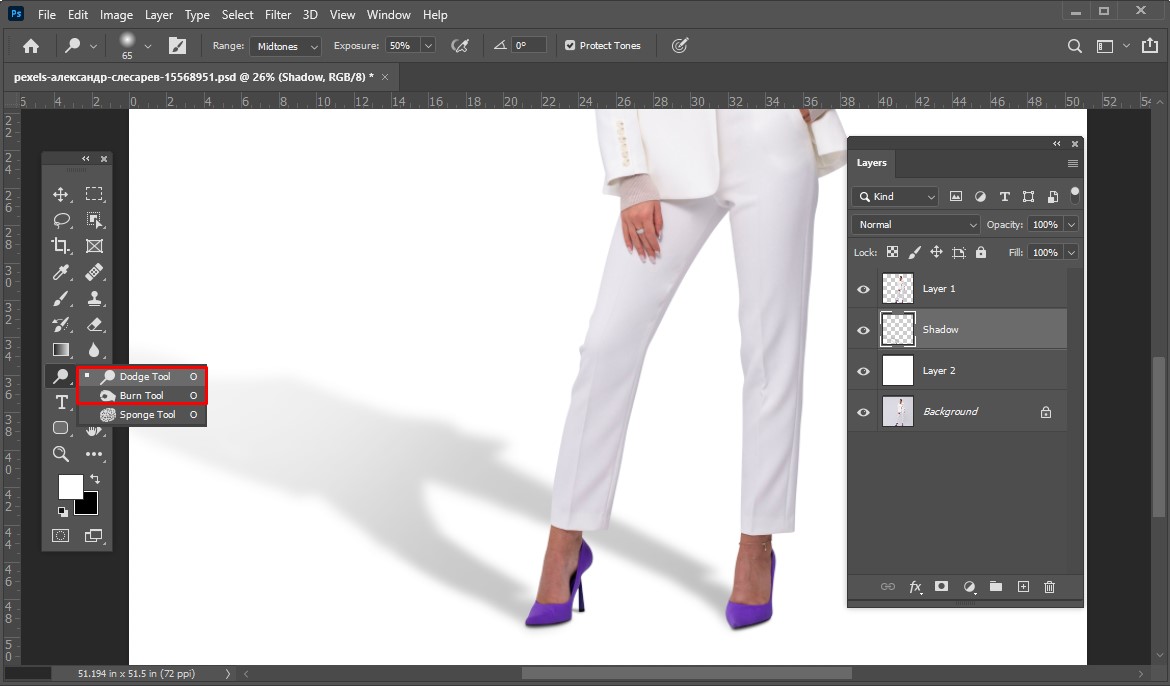
Photoshop is an incredibly powerful tool for creating stunning visuals, and one of its most versatile features is the ability to cast shadows. Whether you’re creating a photo-realistic image or a cartoon-style illustration, Photoshop can help you create realistic shadows that make your work look more professional.
In this article, we’ll explore how to use Photoshop’s shadow tools to add depth and realism to your images. We’ll also look at some creative ways to use shadows in your artwork.
Drop shadows layer styles
Drop shadows are a layer style used by graphic designers and artists to create depth and dimension in their artwork. They are created by adding a dark shadow to the background of an object, which gives it a 3D appearance.

Drop shadows can be used to make objects look as if they are floating above the page or background, providing an extra layer of realism and visual appeal. They can also be used to create interesting effects like light sources, reflections, and more.
With the help of drop shadows, you can make your designs look more realistic and engaging for viewers.
Adding shadows with layer effects
Adding shadows to your design can add a realistic and professional look to it. Layer effects are a great way to create shadows in Adobe Photoshop. With layer effects, you can easily adjust the shadow’s color, size, angle, and opacity.

You can also customize the shadow’s shape and position with layer effects. By using layer effects, you can create various types of shadows such as cast shadows, drop shadows, inner shadows, and more.
By mastering how to use layer effects for adding shadows in Photoshop, you will be able to add depth and realism to your designs quickly and easily.
Creating Realistic Shadows With Blending Modes And Layer Styles

Creating realistic shadows with blending modes and layer styles is a great way to add depth and dimension to your artwork. Blending modes allow you to adjust the color of your shadows, while layer styles can be used to create realistic gradients and textures.
Using these techniques together, you can create stunning shadows that look like they were painted by hand. With a few simple steps, you can take your artwork from flat to three-dimensional!
Blend mode shadows
Blend mode shadows are a powerful tool in image editing and design that allow for a range of effects to be achieved. By using blend modes, shadows can be manipulated to create vibrant, lifelike visuals with great depth and texture.

This technique is especially useful for creating realistic 3D images or adding dramatic lighting effects to photographs. With the right blend modes and settings, you can simulate natural light sources as well as create unique shadow patterns that will make your images stand out from the crowd.
layer style shadows
Layer style shadows are an important part of graphic design that can help to add depth and dimension to your designs. With layer style shadows, you can create realistic-looking shadows that can be used to enhance the visual appeal of any design.
Layer style shadows are also incredibly versatile, allowing you to customize the size, color, and opacity of the shadow in order to achieve a desired effect. By utilizing layer style shadows in your designs, you can take your graphics to the next level and create stunning visuals for any project.
Adding depth with blending modes
Blending modes are a powerful tool for adding depth and texture to your digital artwork. They allow you to mix and match different layers of artwork to create unique and interesting effects.
By combining different blending modes, you can create stunning visual effects that will take your artworks to the next level. With blending modes, you can easily add depth and texture to your digital artworks without having to learn complex techniques or spend hours on manual work.

